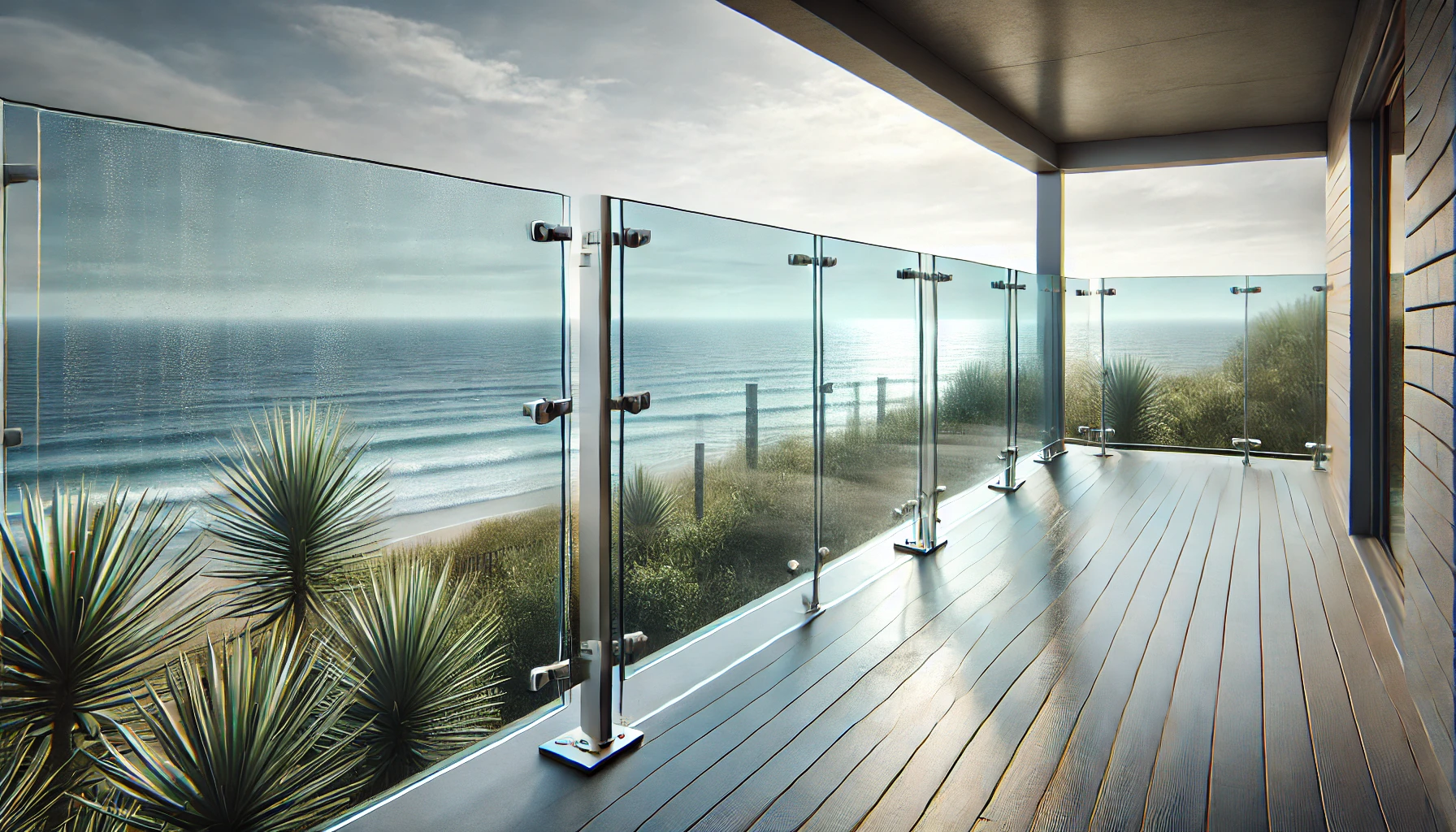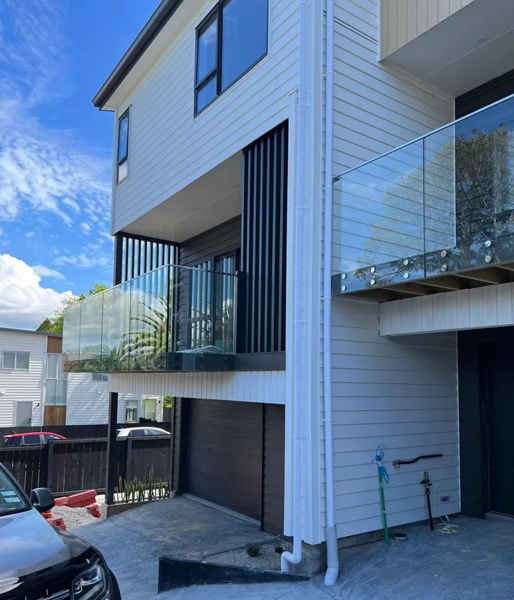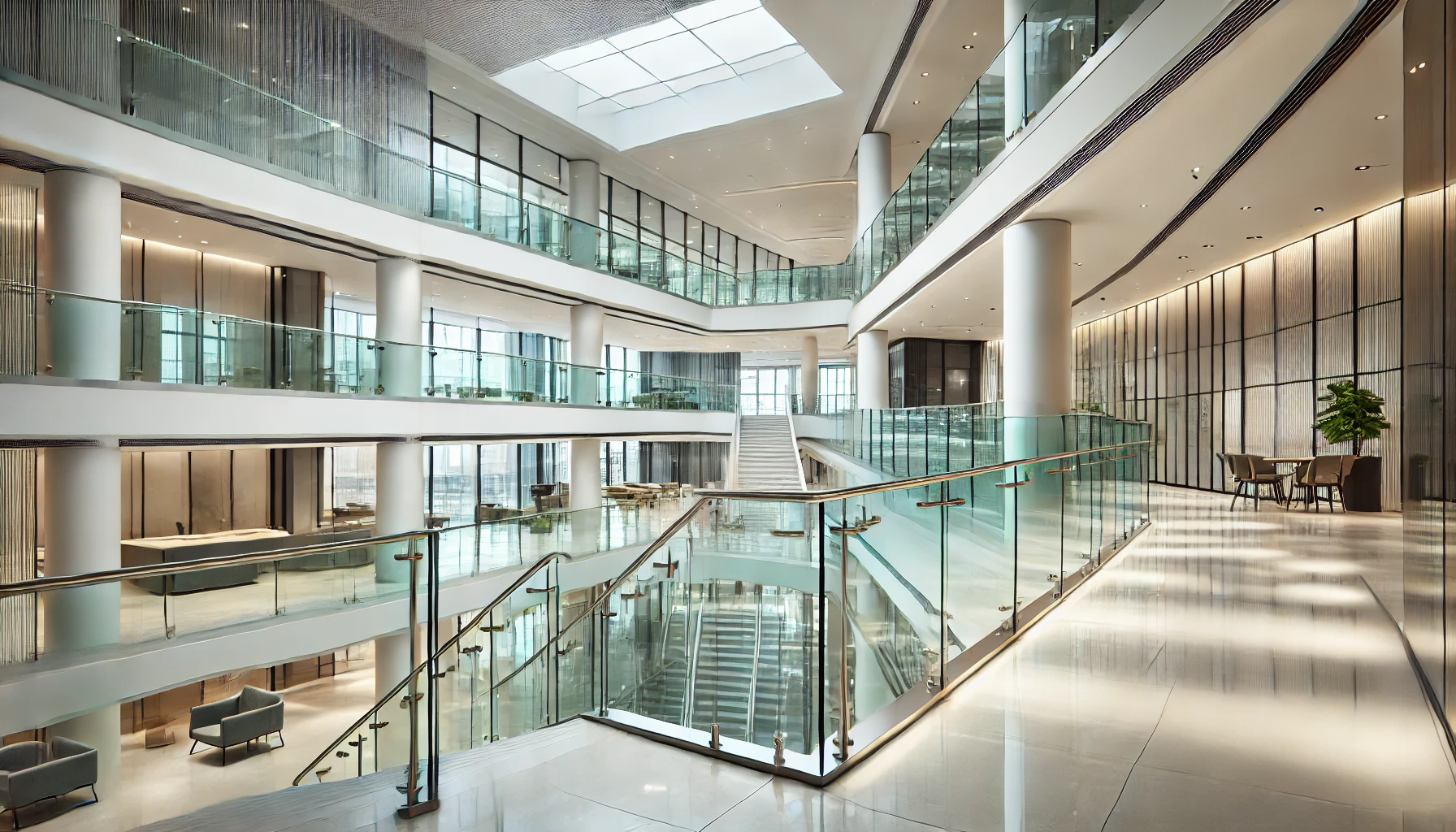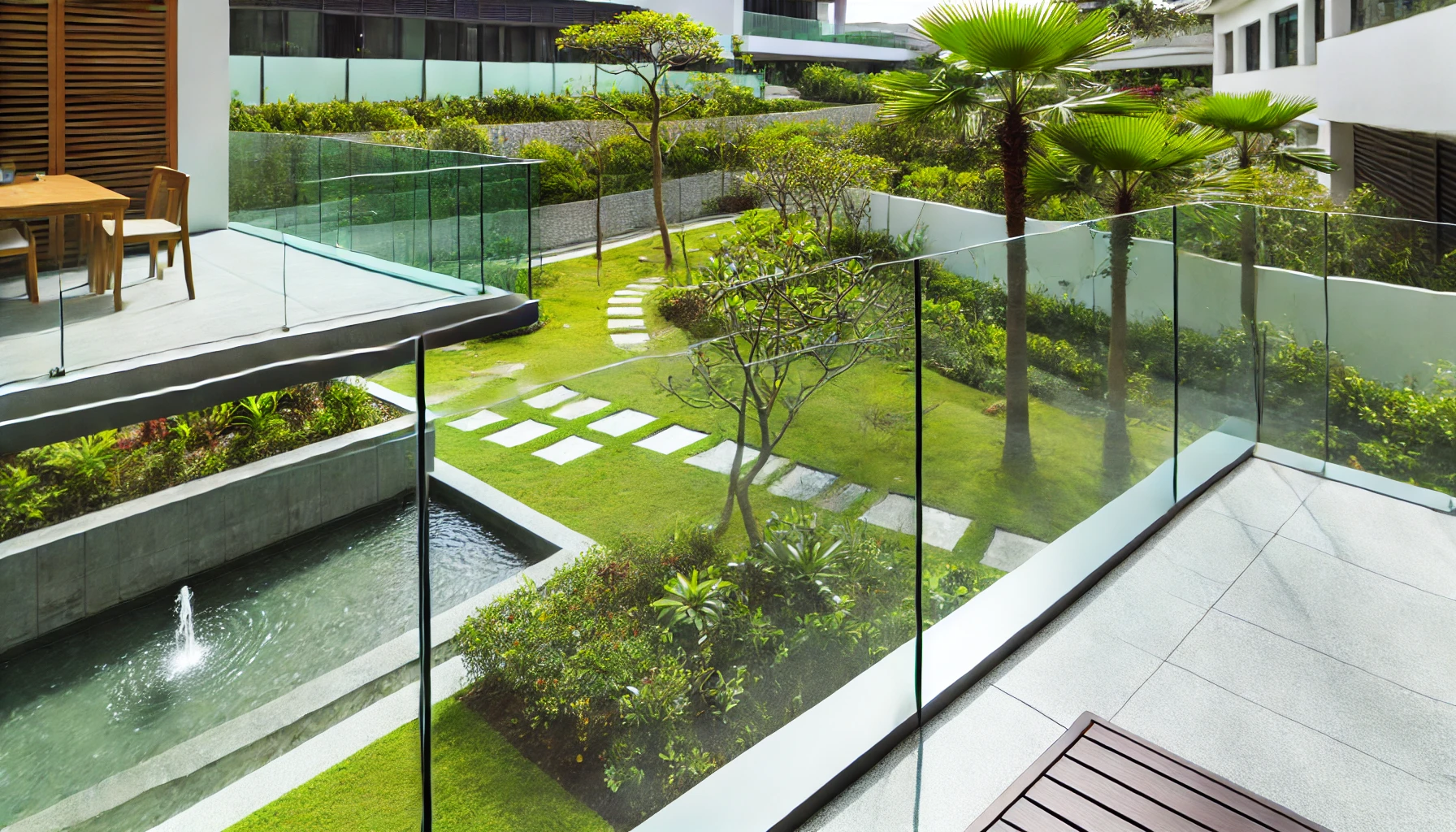Introduction
Glass railings are a popular choice for both residential and commercial spaces due to their sleek design, transparency, and ability to offer unobstructed views. However, when installed in areas exposed to harsh weather conditions—such as high humidity, strong winds, salty coastal air, or extreme temperatures—maintaining and protecting these railings becomes crucial to ensure their longevity and safety. This article provides a comprehensive guide on how to effectively maintain and protect glass railings in such environments.
1. Understanding the Impact of Harsh Weather on Glass Railings
Before diving into maintenance strategies, it’s important to understand how different weather conditions can affect glass railings.
- High Humidity: In areas with high humidity, moisture can accumulate on glass surfaces, leading to the growth of mold, mildew, and algae. Over time, this can not only affect the appearance of the glass but also compromise the integrity of the railings if not properly addressed.
- Strong Winds: High winds, especially in elevated or open areas, can exert significant pressure on glass railings. Over time, this constant pressure can lead to loosening of the hardware, stress on the glass, and even potential failure if the railings are not properly maintained.
- Coastal Air (Salt Exposure): Coastal environments expose glass railings to salty air, which can accelerate corrosion of metal components such as posts, clamps, and brackets. Salt can also leave deposits on the glass, creating a foggy or etched appearance over time.
- Extreme Temperatures: Both extreme heat and cold can cause glass to expand and contract, potentially leading to cracks or weakening of the glass over time. Metal components can also expand and contract with temperature changes, which can cause them to loosen or warp.
2. Routine Cleaning and Maintenance
Regular cleaning and maintenance are essential to keep glass railings in good condition, especially in harsh weather conditions.
- Regular Cleaning: Clean glass railings at least once a week in harsh environments to remove dirt, salt deposits, and other debris. Use a mild, non-abrasive cleaner and a soft cloth or sponge to avoid scratching the glass. For areas exposed to salt air, rinse the glass with fresh water before cleaning to remove any salt particles that could scratch the surface.
- Mold and Mildew Prevention: In humid environments, it’s important to regularly inspect the railings for signs of mold or mildew. If detected, clean the affected areas with a solution of water and white vinegar or a mild bleach solution. Rinse thoroughly with water and dry the area to prevent regrowth.
- Metal Component Inspection: Regularly inspect the metal components of the railings, such as posts, brackets, and screws, for signs of rust or corrosion. In coastal areas, this should be done more frequently due to the corrosive nature of salt air. If you notice any corrosion, clean the affected area with a stainless steel cleaner and a soft brush, and consider applying a protective coating to prevent further damage.
3. Protecting Glass Railings from the Elements
In addition to routine cleaning, there are several protective measures you can take to shield glass railings from harsh weather conditions.
- Protective Coatings: Apply a protective coating to the glass and metal components of the railings. For glass, hydrophobic coatings can be used to repel water and reduce the buildup of dirt, salt, and grime. For metal components, anti-corrosion coatings can help prevent rust and extend the life of the railing system.
- Sealants: Sealants can be applied to the edges of glass panels and joints where metal meets glass to prevent moisture from seeping in. This is especially important in areas with high rainfall or humidity, where water infiltration can cause damage over time.
- Weatherproofing: In areas prone to extreme temperatures, consider using weatherproof materials for the metal components of the railings. For example, powder-coated aluminum or marine-grade stainless steel can offer better resistance to corrosion and temperature fluctuations compared to standard steel or untreated metals.
- Wind Barriers: For installations in very windy locations, consider adding wind barriers or screens to reduce the direct impact of the wind on the glass railings. This can help alleviate some of the pressure exerted on the railings and prevent potential damage.
4. Seasonal Maintenance Tips
Seasonal maintenance is crucial for ensuring that glass railings remain in good condition throughout the year, especially in regions with significant seasonal changes.
- Pre-Winter Inspection: Before winter sets in, inspect the glass railings for any cracks, chips, or loose components. Repair any damage promptly to prevent further deterioration during the colder months. Apply a fresh coat of protective sealant to help shield the railings from snow, ice, and freezing temperatures.
- Post-Winter Cleaning: After winter, thoroughly clean the railings to remove any salt, dirt, or debris that may have accumulated. Inspect the metal components for rust or corrosion and address any issues immediately. This is also a good time to reapply protective coatings if needed.
- Summer Preparation: In preparation for summer, ensure that the glass railings are clean and free of any buildup that could be amplified by the sun’s rays. Consider applying UV-resistant coatings to protect both the glass and metal components from prolonged sun exposure, which can cause fading or discoloration.
5. Long-Term Care and Upgrades
Even with the best maintenance practices, glass railings in harsh environments will eventually require upgrades or replacements to maintain their safety and appearance.
- Regular Upgrades: Over time, it may be necessary to upgrade certain components of the railing system, such as replacing rusted metal parts with more corrosion-resistant materials or upgrading to thicker glass panels in areas with increased wind load.
- Professional Inspections: Consider scheduling professional inspections every few years, especially for commercial properties or large residential installations. Professionals can identify issues that may not be immediately apparent and recommend necessary repairs or upgrades to ensure the longevity of the railing system.
- Component Replacement: If you notice that certain components are consistently needing maintenance or repair, it might be more cost-effective to replace them entirely with higher-quality materials. For example, upgrading from standard steel to marine-grade stainless steel can significantly reduce maintenance needs in coastal environments.
Conclusion
Maintaining and protecting glass railings in harsh weather conditions requires regular attention and proactive measures. By understanding the specific challenges posed by your environment and implementing the appropriate maintenance and protection strategies, you can ensure that your glass railings remain safe, functional, and aesthetically pleasing for years to come. Whether you are dealing with high humidity, strong winds, coastal air, or extreme temperatures, the tips and techniques outlined in this article will help you keep your glass railings in top condition.







